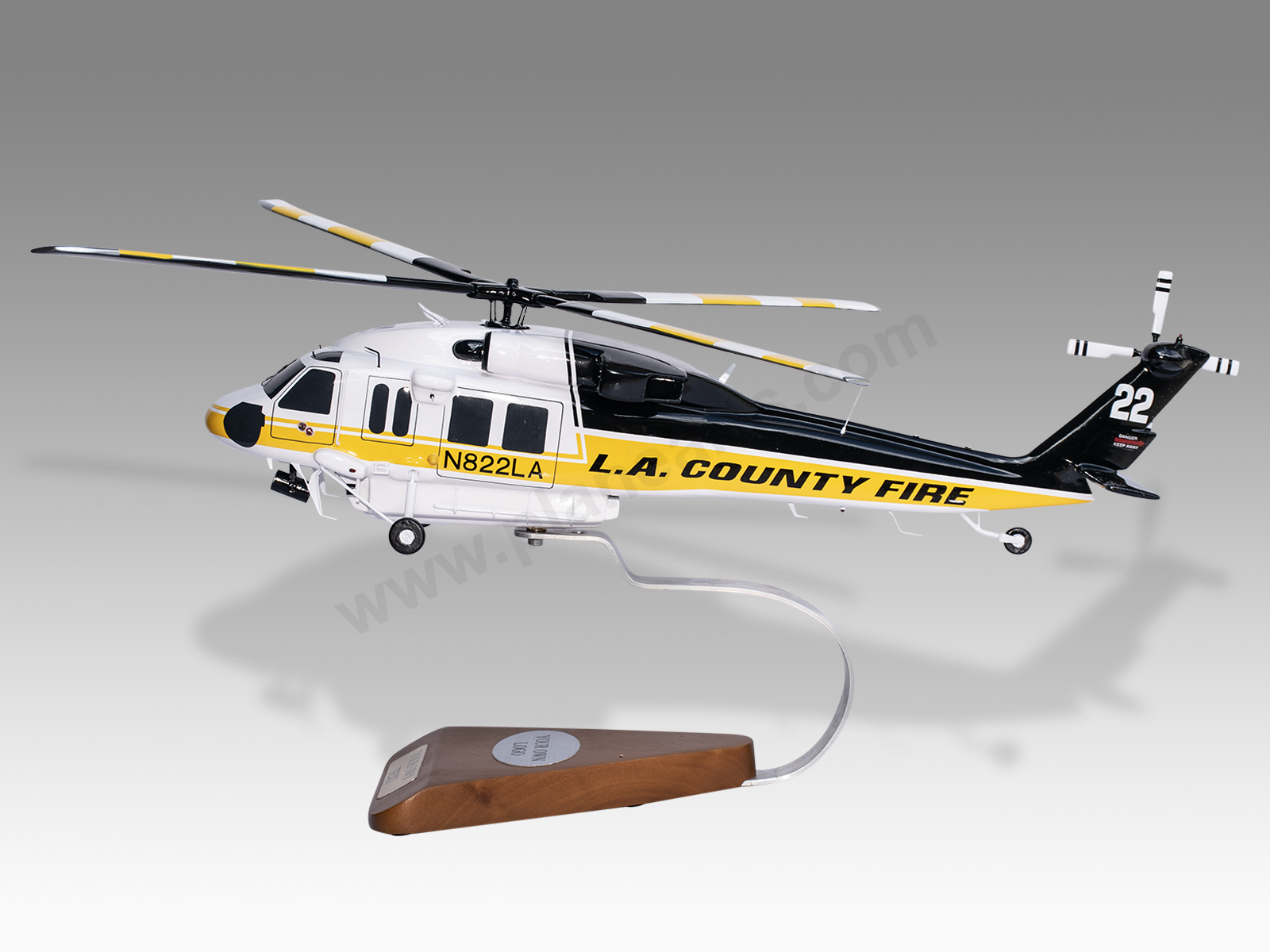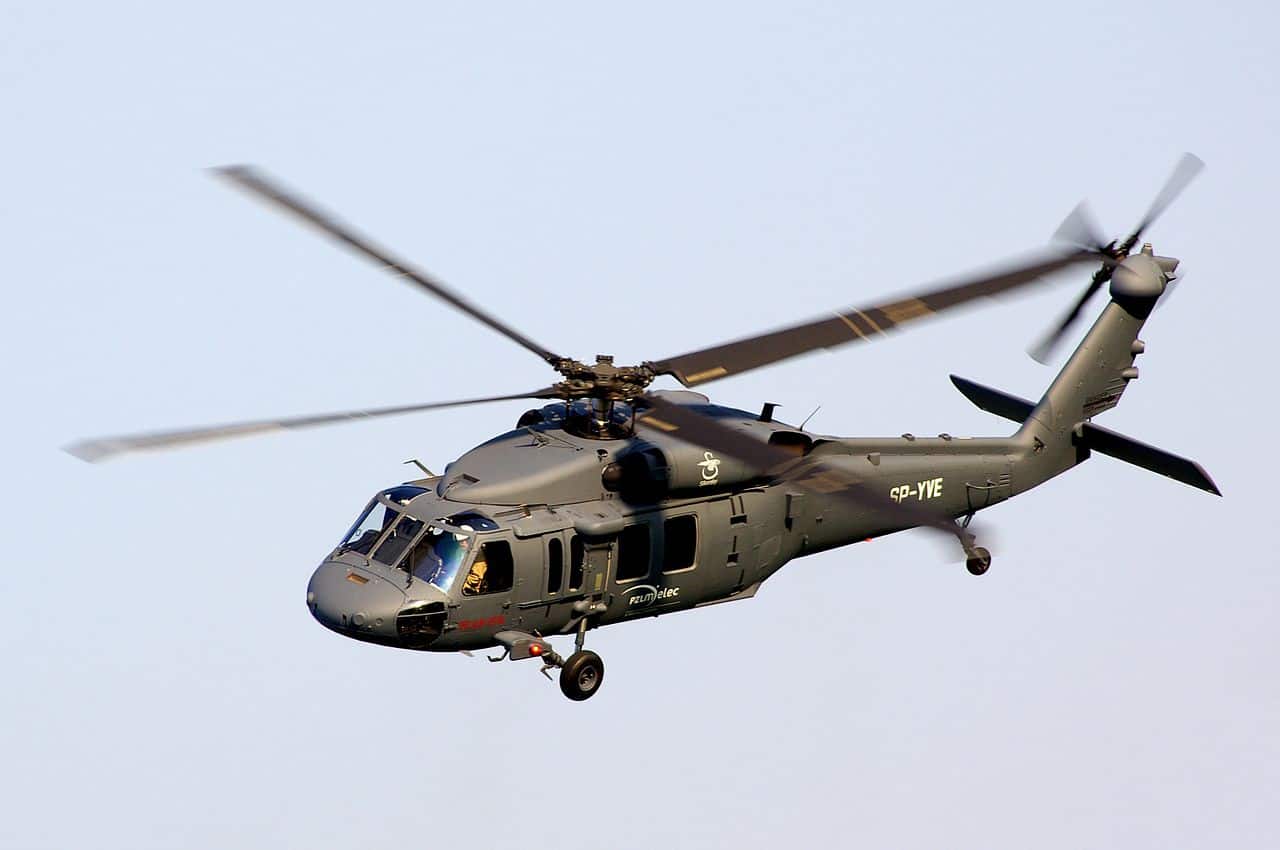Why the Sikorsky S 70 is the Preferred Selection for Modern Helicopter Missions
Why the Sikorsky S 70 is the Preferred Selection for Modern Helicopter Missions
Blog Article
High-Performance Multi-Role Rotorcraft Featuring Advanced Cockpit Technologies and Integrated Sensor Solutions
The world of rotorcraft innovation has seen noteworthy innovations in recent times, specifically in the world of high-performance multi-role rotorcraft equipped with sophisticated cabin modern technologies and seamlessly integrated sensor systems. These developments have not only enhanced the operational capabilities of rotorcraft yet have additionally dramatically influenced modern-day aeronautics operations on different fronts. From improved objective adaptability to enhanced operational effectiveness, the merging of sophisticated cockpit modern technologies and integrated sensor systems has introduced a new era of opportunities for rotorcraft applications. In the complying with discussion, we will certainly check out the evolution of rotorcraft technology, dive right into the realm of innovative cabin developments, and analyze the ramifications of incorporated sensor systems on the functional convenience and effectiveness of modern-day rotorcraft.
Development of Rotorcraft Modern Technology
The development of rotorcraft innovation has actually been marked by considerable improvements in the rules of aerodynamics, products, and propulsion systems, shaping the abilities and performance of modern rotorcraft. Additionally, innovations in propulsion systems, including a lot more effective engines and ingenious propulsion innovations, have made it possible for rotorcraft to achieve higher elevations, faster rates, and better hauls.
These developments have not only changed the abilities of rotorcraft but have actually additionally expanded their applications throughout different industries, including armed forces, industrial, and emergency solutions. The continual development of rotorcraft technology remains to drive advancement in the field, pressing the limits of what is feasible and shaping the future of upright flight.
Advanced Cabin Innovations
Building upon the fundamental improvements in aerodynamics, products, and propulsion systems, the realm of rotorcraft technology currently moves emphasis towards introducing Advanced Cockpit Innovations. The integration of sophisticated technologies within the cockpit setting plays a vital role in boosting the operational capacities, safety, and performance of modern-day rotorcraft. sikorsky s 70. Advanced Cockpit Innovations incorporate a vast array of attributes developed to give pilots with enhanced situational recognition, structured information management, and user-friendly control user interfaces
Among the vital developments in cabin design is the execution of glass cockpits, which replace typical analog evaluates with high-resolution displays. These digital systems use personalized designs, real-time data combination, and boosted readability, enabling pilots to access essential information at a glance. In addition, advanced avionics systems, such as fly-by-wire controls and increased fact displays, are revolutionizing exactly how pilots connect with the airplane, permitting exact control and boosted decision-making capabilities.


Including sophisticated cabin technologies not just enhances pilot efficiency but additionally adds to general objective effectiveness and safety and security in complicated operational environments. By leveraging state-of-the-art innovations within the cockpit, rotorcraft suppliers are setting brand-new standards for functional quality and goal success.
Integrated Sensor Equipments
With the development of rotorcraft innovation, the integration of innovative Integrated Sensor Equipment has actually ended up being paramount in improving functional effectiveness and security. These Integrated Sensor Solutions include a broad range of technologies that supply critical information for various features such as navigating, monitoring, targeting, and environmental surveillance. By perfectly incorporating sensing units like radars, video cameras, lidar, and additional hints infrared systems into rotorcraft, operators can gain from boosted situational understanding, enhanced mission abilities, and lowered pilot workload.
One trick advantage of Integrated Sensor Equipments is their ability to collect real-time information and provide actionable understandings to pilots and objective drivers. As an example, advanced radar systems can discover and track targets over fars away, enabling for very early danger discovery and efficient feedback preparation. In addition, integrating infrared and electro-optical video cameras allows rotorcraft to carry out reconnaissance and surveillance goals with precision and accuracy.
Basically, the assimilation of advanced sensor technologies into rotorcraft not just boosts operational efficiency but additionally adds dramatically to total objective success and crew safety. As rotorcraft continue to evolve, the role of Integrated Sensor Solution will most certainly continue to be at the leading edge of technology in the aerospace industry.
Functional Adaptability and Effectiveness
Enhancing operational versatility and efficiency in rotorcraft is a natural development from the combination of sophisticated Integrated Sensor Systems. By leveraging the insights and information supplied by these advanced sensing unit systems, rotorcraft can optimize their efficiency throughout various goals and settings.
Functional flexibility encompasses the capacity of rotorcraft to adjust to various functions and situations efficiently. With sophisticated cockpit technologies and integrated sensor systems, rotorcraft can perfectly shift in between tasks such as search and rescue, clinical emptying, surveillance, and extra. This adaptability improves the rotorcraft's capability to fulfill diverse functional needs without requiring considerable reconfiguration.
Effectiveness in rotorcraft procedures is critical for taking full advantage of mission efficiency and resource application. Integrated sensing unit systems play a pivotal function in boosting operational efficiency by supplying real-time information on climate condition, surface mapping, target tracking, and a lot more. This information enables pilots to make enlightened decisions promptly, maximize flight courses, conserve fuel, and improve total mission performance.
Effect On Modern Air Travel Workflow

Moreover, the combination of innovative sensing units assists in enhanced goal planning and implementation, making it possible for rotorcraft to do a large range of tasks with boosted accuracy. From search and rescue operations to airborne firefighting and law enforcement objectives, the capabilities of modern rotorcraft furnished with advanced cockpit modern technologies and integrated sensing unit systems are exceptional.
Moreover, the effect of these improvements prolongs past functional efficiency to cost-effectiveness and sustainability. By enhancing flight paths, gas consumption, and maintenance timetables, high-performance rotorcraft geared up with sophisticated cabin technologies and sensors contribute to reducing operational expenses and ecological impact, making them crucial assets in contemporary aviation procedures.
Verdict
In conclusion, the high-performance multi-role rotorcraft with advanced cockpit modern technologies and integrated sensor systems stands for a significant advancement in aviation modern technology. These technologies boost functional flexibility and effectiveness, inevitably influencing modern-day aviation operations in a positive method. The assimilation of these innovative technologies allows for improved capabilities and performance in various goal circumstances, showcasing the proceeded innovation of rotorcraft innovation in the aviation sector.
The world of rotorcraft modern technology has actually seen remarkable developments in recent times, particularly in the world of high-performance multi-role rotorcraft outfitted with cutting-edge cockpit technologies and flawlessly incorporated sensing unit systems. From boosted objective adaptability to improved functional performance, the merging of innovative cockpit technologies and incorporated sensing unit systems has actually ushered in a new era of opportunities for rotorcraft applications. In the complying with conversation, we will explore the evolution of rotorcraft innovation, delve into the world of sophisticated cabin technologies, and examine the implications of incorporated sensor systems on the operational adaptability and performance of contemporary rotorcraft.

Report this page